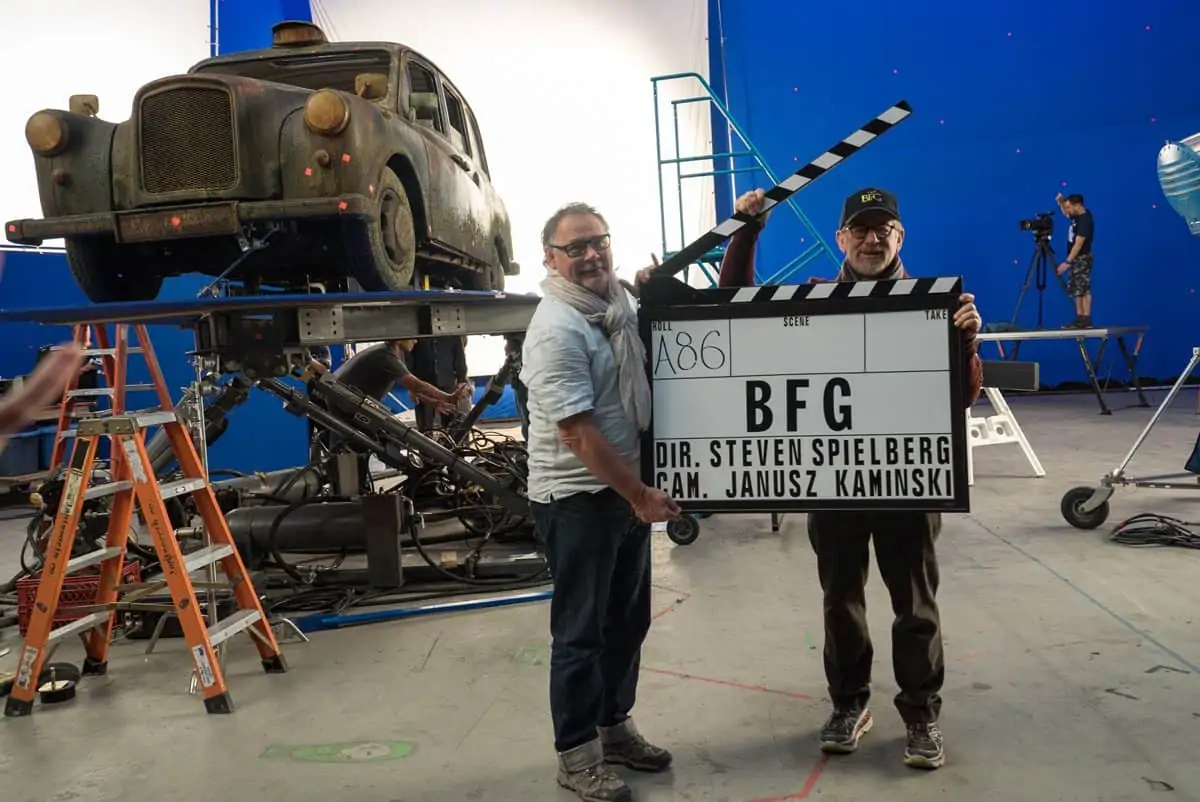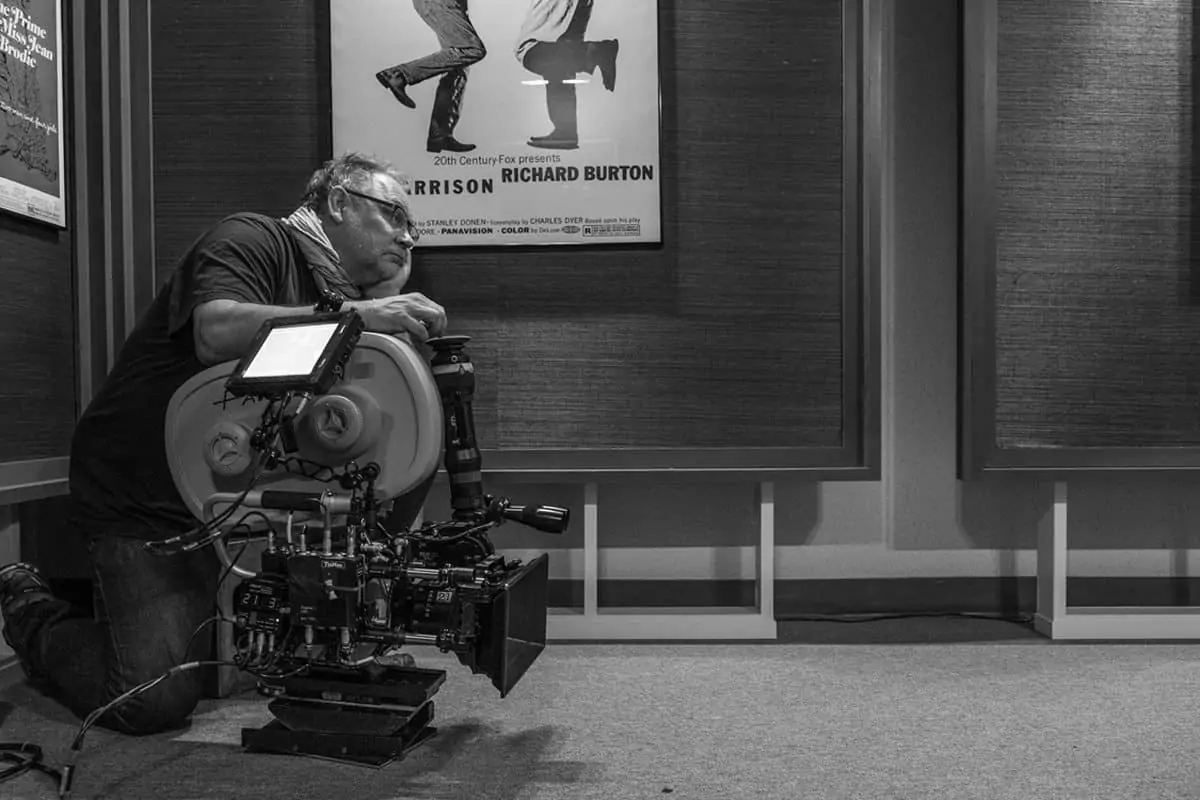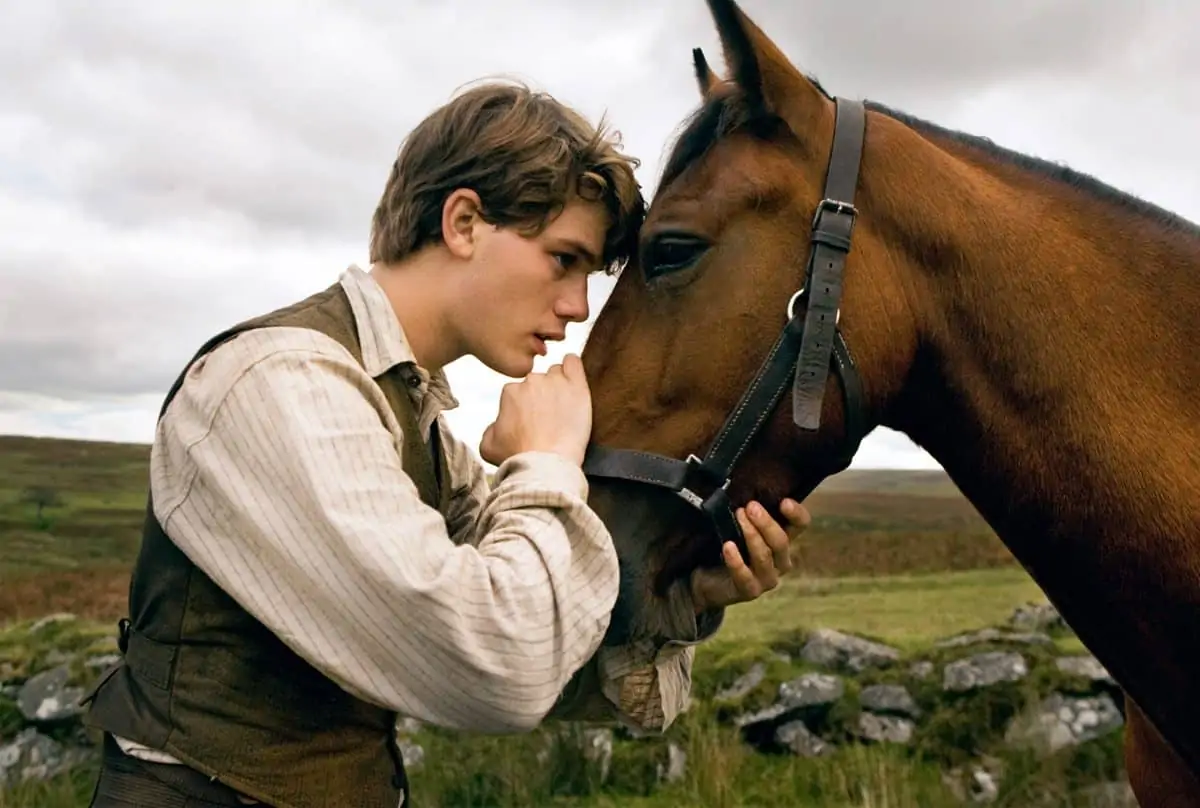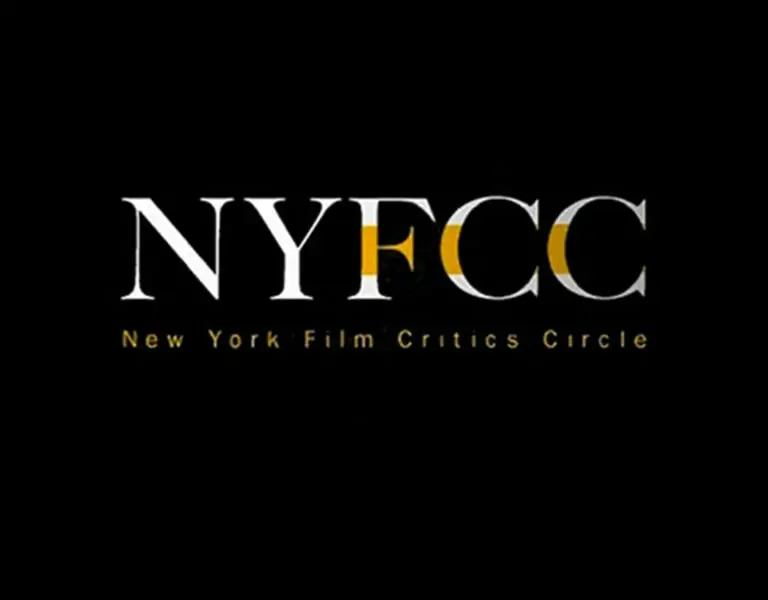Tall Order
Janusz Kaminski / The BFG

Tall Order
Janusz Kaminski / The BFG
BY: Ron Prince
The BFG (short for The Big Friendly Giant) is the title of Roald Dahl’s classic 1982 children's book about a sweet orphaned girl named Sophie, who one night is taken away from her dormitory to a faraway land populated by giants.
She quickly learns that the BFG collects, catalogues and delivers pleasant dreams to children. Together the pair formulate a plan to rid England of the mean, and even larger, giants who enjoy eating children when they’re not giving them horrid nightmares.
An animated television adaptation was released in 1989, with David Jason providing the voice of the BFG, and there have been many theatre performances over the years. However, a new $140 million adaptation of the tale, directed by Steven Spielberg for Walt Disney Pictures, combines live action with digital wizardry to throw dreams of friendship and adventures – that are by turns funny, grotesque, tender, as well as spectacular – up on the big screen. Mark Rylance fills the title role of the BFG, his face and body magically transformed by the latest motion capture techniques, whilst newcomer Ruby Barnhill plays the plucky Sophie.
The movie was framed by Spielberg’s longtime cinematographic collaborator Janusz Kaminski ASC, whose experienced eye was used in varying measure to create the look of the stunning environments in the movie: post-war London in the fog; Giant Country, the off-the-map territory where the BFG lives; Dream Country, where he collects dreams; the BFG’s sprawling workshop, where he stores dreams in glass jars; gangs of child-eating giants; and even HRH The Queen and her corgis at Buckingham Palace.

“It was a very interesting experience for me in many respects,” says Kaminski. “First of all, it’s a lovely story, and we also had the conundrum of how to actually do it. From the start Steven wanted real interaction between the little girl and the BFG, and also with the other CG characters in the movie. He assembled a group of really amazing people who helped him to figure out and create a methodology of how to make it work.”
The production shot at Barnaby Studios, in the city of Vancouver, Canada, lured by cost-saving tax incentives. Starting in March 2015, Kaminski says he had around eight weeks of prep on the movie, which was sufficient enough to get acquainted with the set-builds, art department props, lighting fixtures and interactive lighting requirements and previz already undertaken by the director.
“I saw three seasons there – winter, spring and summer – but I did not point the camera outside the studio walls for the entire production,” he recalls.
Along with large live action sets, such as Sophie’s dormitory and The Queen’s ballroom, the studios also housed two separate technical volumes: one a large SimulCap space, containing partial sets, props and bluescreens, where a Technocrane fitted with tracking markers was used to capture Barnhill’s performance; the other a smaller MoCap space, where the physical performances of Rylance and other actors were captured via motion capture suits and facial markers. Although physically separated, Barnhill and Rylance were able to perform together by watching monitors on-set, where the output of the Alexa XT cameras was combined with real-time CG renders of the giant and the backgrounds. Monitors were strategically placed to help the actors with eyelines and, depending on the scene, Rylance performed on elevated platforms to give the correct perspective of his giant frame in relation to Barnhill and the surroundings. To assist efficiency, the production matched the action, as closely as possible, to previsualisations done by The Third Floor. The crew were able to watch the results on-set via local monitors, with feed into the Alexa XT eyepiece for the camera operator.

“It was a wonderful idea to enable Ruby, who had never acted in a movie before, to see the BFG travelling through the set, and for her to interact with a real face with emotional and nuanced expressions, rather than perform to a dumb, green ball or an imaginary creature,” says Kaminski, who estimates the sets were surrounded by up to forty computer technicians helping to deliver the on-set imagery. “From the outset Steven emphasised the importance of this technology for the sake of the storytelling. For me it was very interesting and tremendous fun, and I think it’s a wonderful way of making a fantasy movie for children.”
As the cinematographer, Kaminski’s key role was to create a distinctive look for the movie. “By the time I start on a movie other departments are generally already well advanced on the production,” he says. “When I arrived on The BFG there were many beautiful, colourful Fantasia-like illustrations and drawings, but they did not have the aesthetic or panache we wanted. Through my conversations with Steven and Rick Carter, the production designer, I looked at how we might change the aesthetics to be a little more intimidating and darker, and then translated that to the set with the lighting set-ups.”
The main effects in The BFG were achieved by Weta Workshop, the same group in New Zealand that created the singular worlds of The Lord of the Rings and Avatar. “Their CGI is as good as it gets,” says Kaminski, “by which I mean phenomenal, but it was important to make sure their lighting was the same as my original intent on-set.”

"It was a wonderful idea to enable Ruby, who had never acted in a movie before, to see the BFG travelling through the set, and for her to interact with a real face with emotional and nuanced expressions, rather than perform to a dumb, green ball or imaginary creature."
- Janusz Kaminski
Kaminski says he would typically review hundreds of versions of VFX shots during regular satellite review session with visual effects producer Jennifer Meislohn. “Although the VFX shots had a logic to their lighting, it was sometimes too logical and therefore not favourable to the fantasy image. The team at Weta were very respectful and obliging to my wishes to change the image, and they made this part of the production an enjoyable process.”
Starting March 23rd and concluding on June 12th 2015, The BFG shot twelve-hours a day, five days a week, with weekends off. “By the time you get back to your hotel you have done a 15-hour day, and that’s a lot of hours,” he says. “But what can you do? If you don’t like it there will be three other guys willing to take your place just like that.”
Due to the strictures of the tax breaks, Kaminski was only able to bring a small crew from LA. These included A-camera operator Mitch Dubin, who has worked with Kaminski for over 20 years, camera assistant Mark Spaff, and grip Jim Kwiatkowski, with whom Kaminski went to film school in 1983. Local crew included Stuart Haggerty and DIT Simon Jori, who he says were both meticulous.

Kaminski oversaw the final 2D and 3D stereo DI grades on The BFG with colourist Mike Hatzer at Technicolor in LA. “Although we did not plan the cinematography with 3D in mind, and I was not involved with the dimensionalisation process, the 3D stereo version The BFG turned out to be amazing. The details of sets and backgrounds are beautiful, and the spatial differences between the characters is spectacular. If there was a choice, I’d definitely pay to see the 3D version at cinema.”
Whilst he appreciates that working at the cutting-edge of technology has achieved an impressive overall result, Kaminski believes it’s ultimately a foreign process for the DP. “I like shooting live action movies like Munich,” he concludes.










